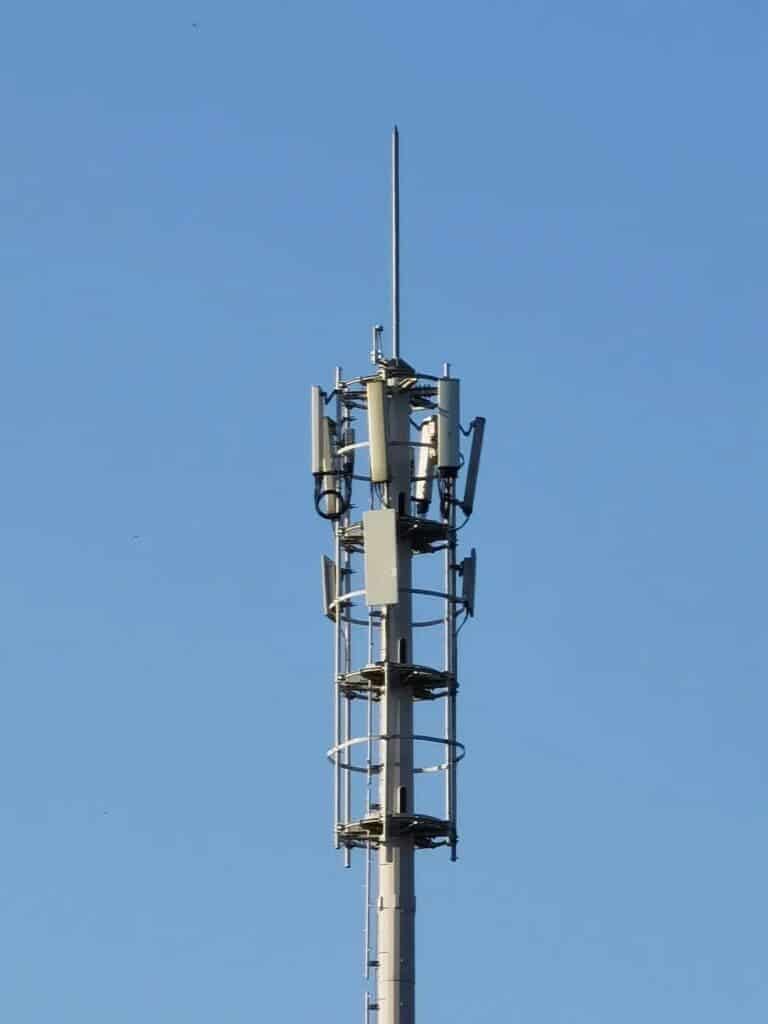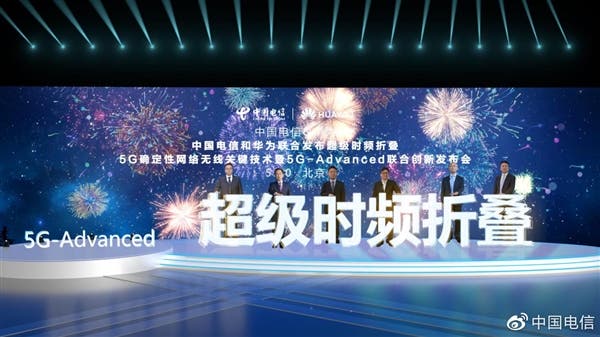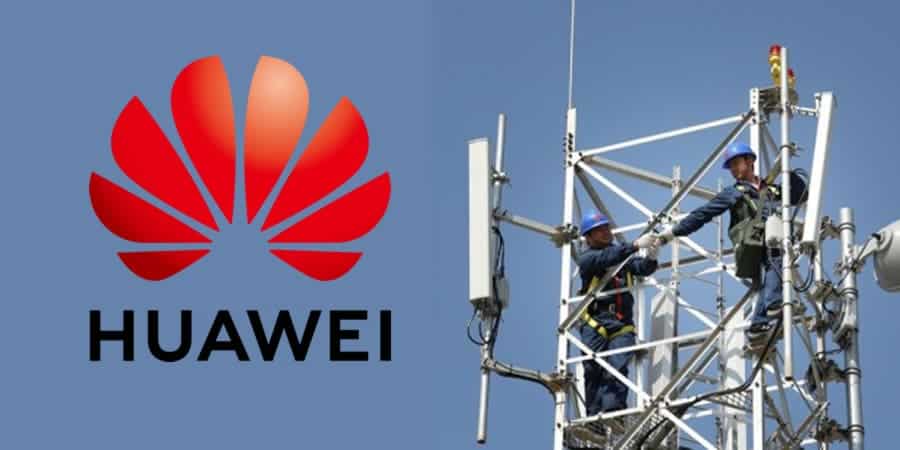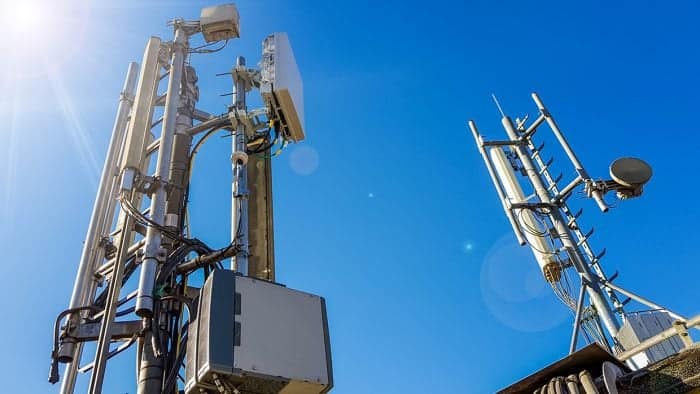Huawei and China Telecom held a joint innovation conference in Beijing and officially released the key wireless technology for 5G deterministic networks – “Super Time-Frequency Folding”. Gan Bin, vice president of the wireless network product line of Huawei Technologies Co., Ltd., believes that the super time-frequency folding is another innovation of telecommunications> Furthermore, Huawei will provide gigabit capabilities to industry scenarios.

The joint laboratory verification shows that the super time-frequency folding can improve the uplink experience to more than 1Gbps. It can also reduce the delay to less than 4ms, and improve the reliability to 6 9s. It effectively supports 5G into the core production link.
Through continuous innovation in the three stages of super uplink, super frequency fusion and super time-frequency folding, China Telecom and Huawei have achieved 5G standards and commercial leadership.

Zhang Xin, general manager of China Telecom’s 5G co-construction and sharing working group, introduced super time-frequency TDD carriers and simulates FDD full-time-slot uplink and downlink air interfaces through dual-carrier uplink and downlink time domain complementarity. Airspace three-domain coordination and cross-layer service scheduling finally achieve an end-to-end delay of less than 4ms. It has a delay reduction of more than 60%, and an equivalent uplink and downlink bandwidth of 100MHz. This is suitable for all classic 5G TDD frequency bands.
Huawei 5G smartphone patent fee cap is $2.5 – much cheaper
Last month, the Huawei community announced Ren Zhengfei’s statement on Huawei 5G smartphone patent fees. According to the information released by Huawei, Ren Zhengfei said that we will build a reasonable price benchmark. He claims that this is necessary to allow the industry to use Huawei’s patents and technology fairly and reasonably. Of course, in return, the company will get appropriate R&D funds. Huawei claims that this will help the company to build an innovator image in the international community. Ren Zhengfei said

“If you use someone else’s patent, you have to pay a reasonable fee. This helps to establish an intellectual property value that is conducive to innovation all over the world”.
Patent fees cannot be charged for the sake of charging; they cannot be too low. If they are too low, innovation in the whole society will be in jeopardy. No one is willing to invest in research and development. Thus, most of the research and development funds come from patent fees. This is why Huawei retains a reasonable and non-discriminatory principle with respect to patents.
Huawei said that patent fees cannot be too high or too low, so how does Huawei actually do it? Huawei has previously disclosed the charging standards for 5G mobile phones. Huawei’s patent licensing fee for a single mobile phone that follows the 5G standard is capped at $2.5. In addition, a reasonable percentage rate applicable to the mobile phone’s selling price is provided.





